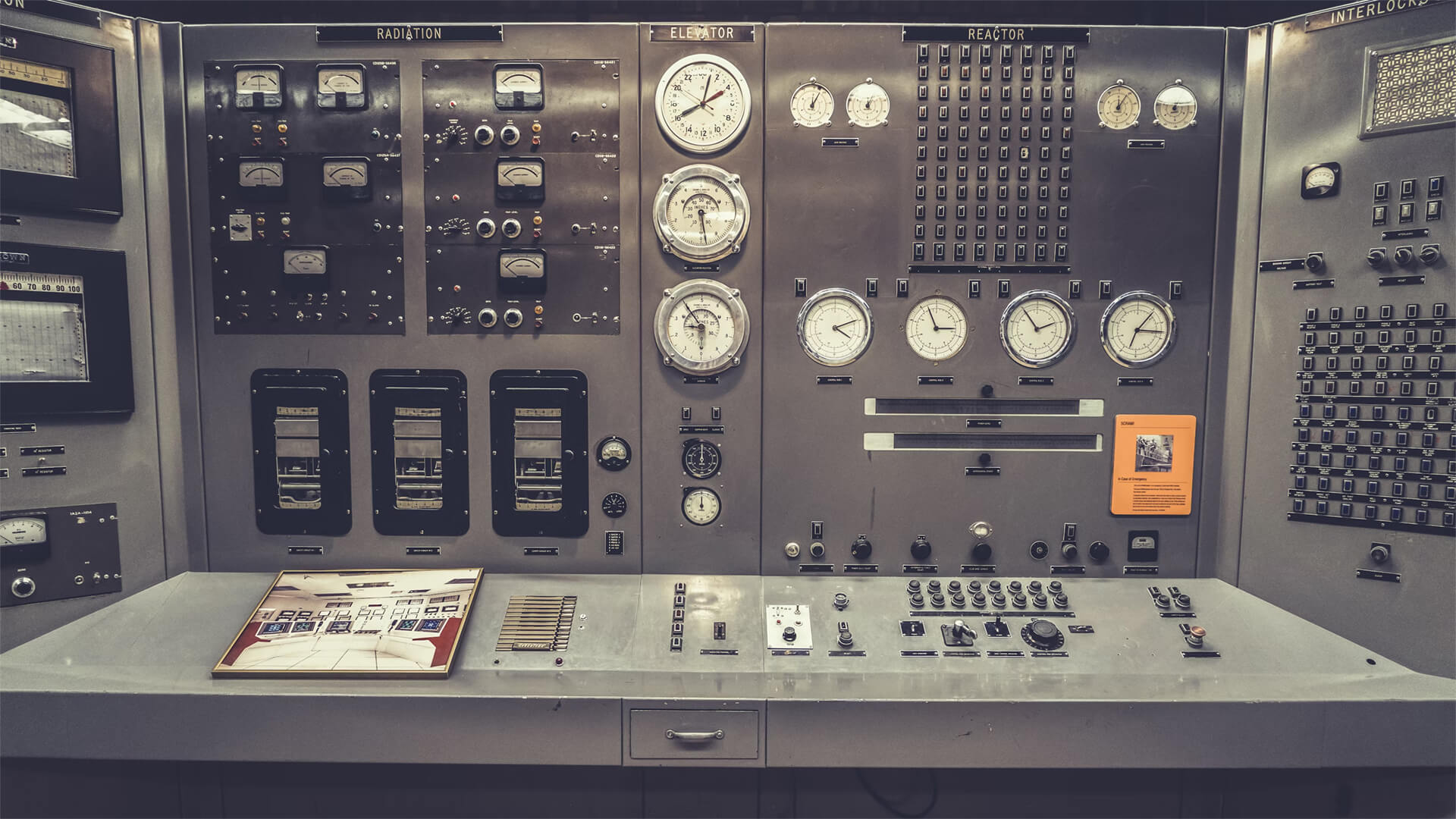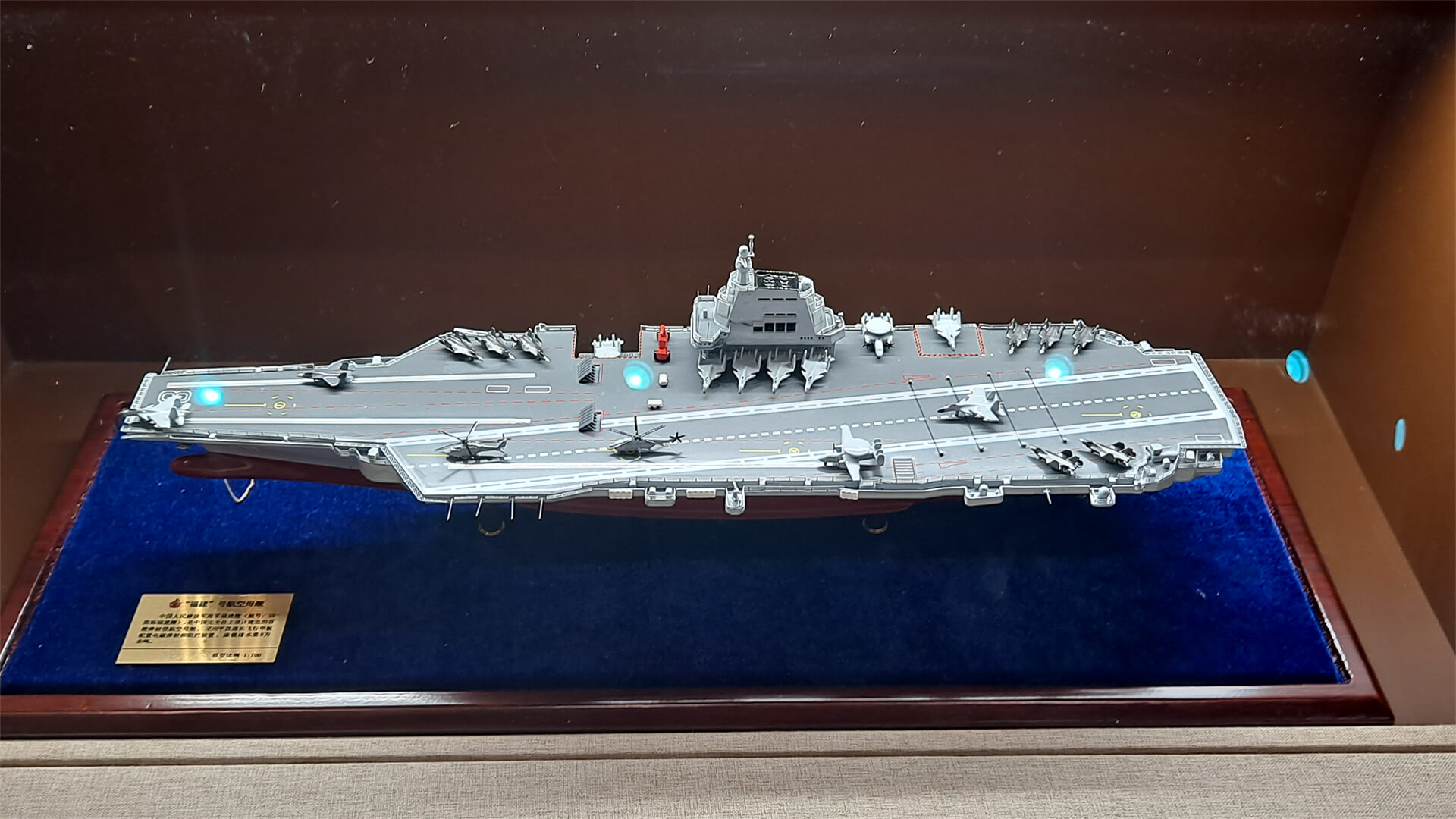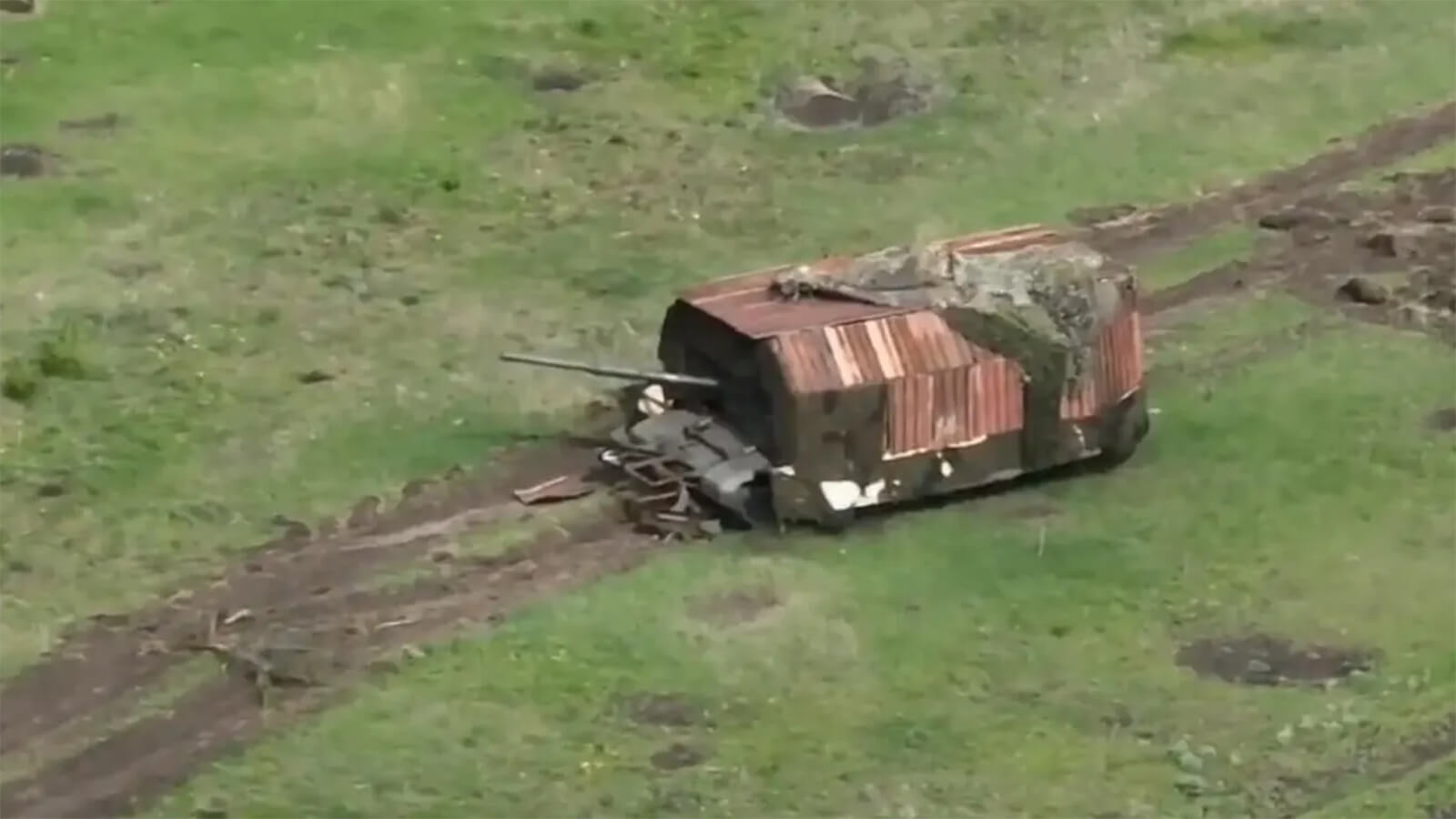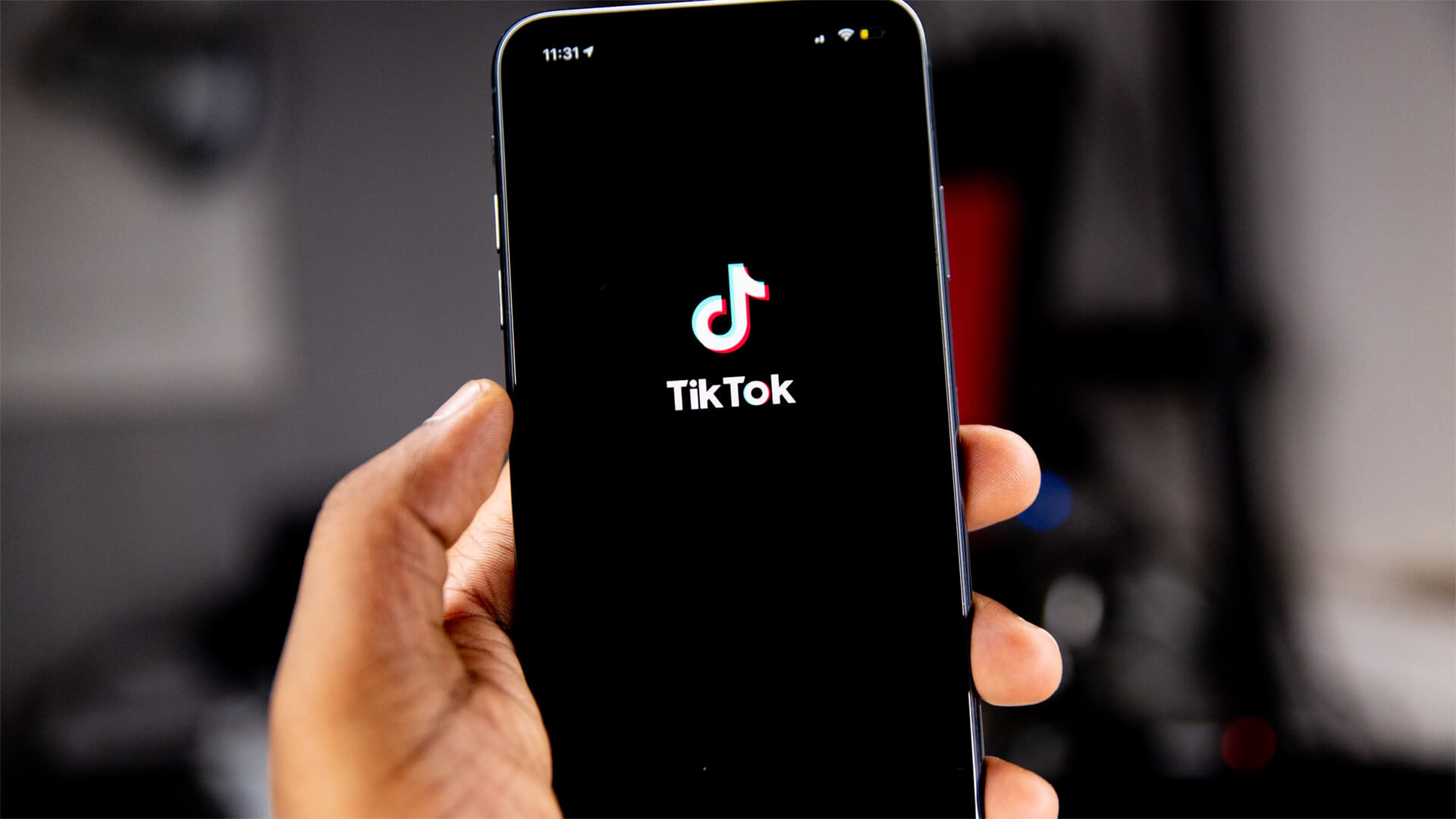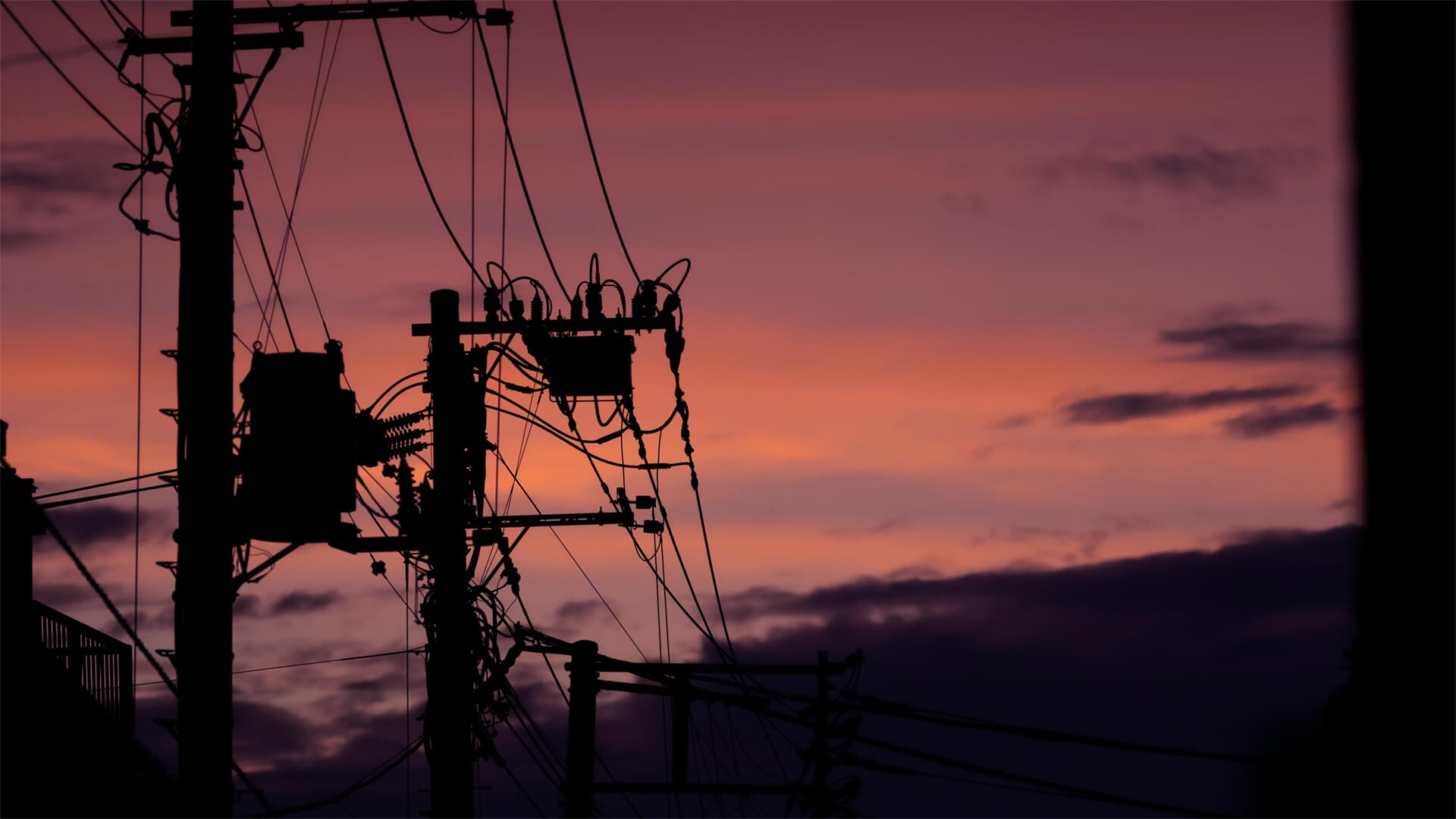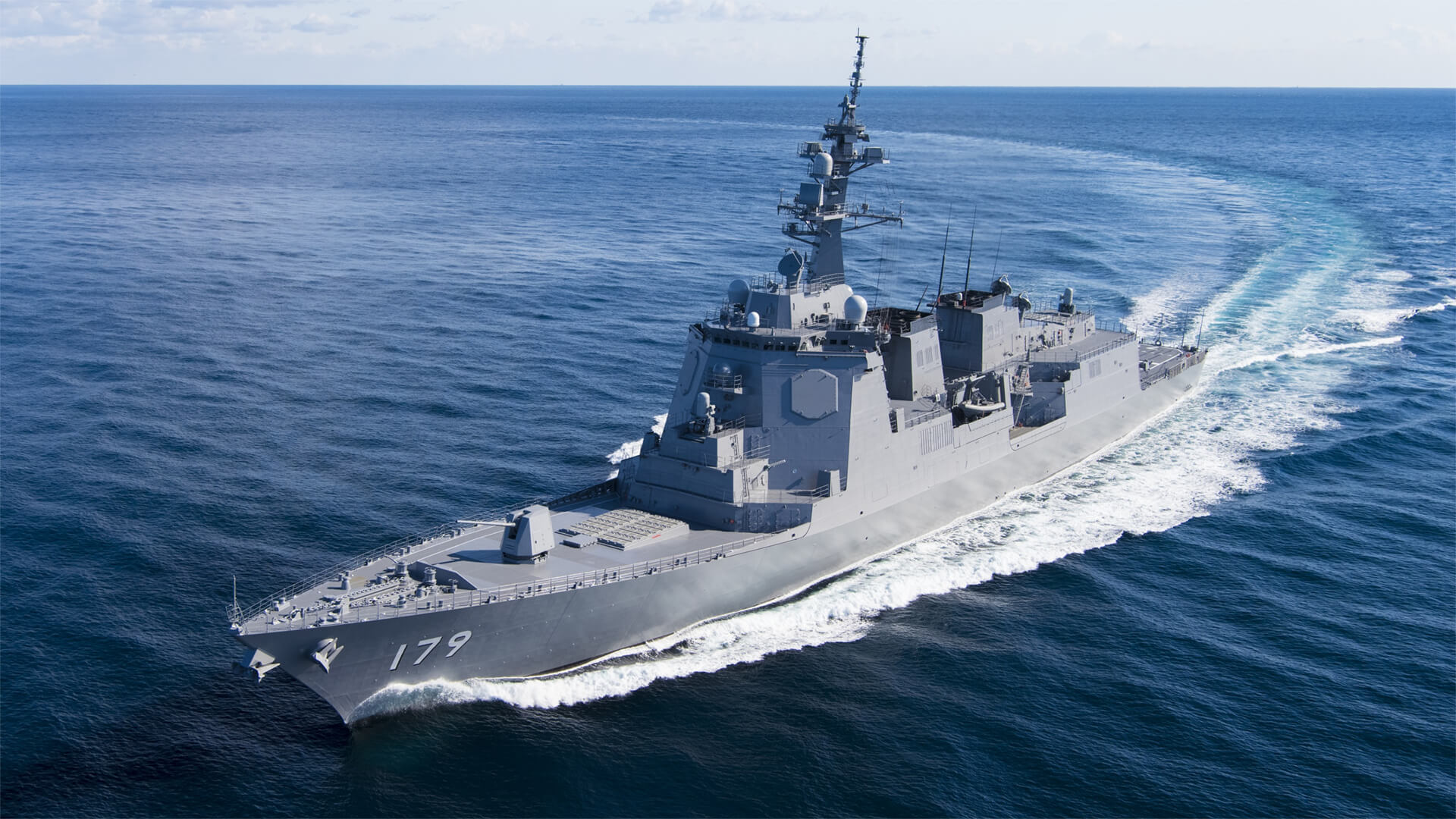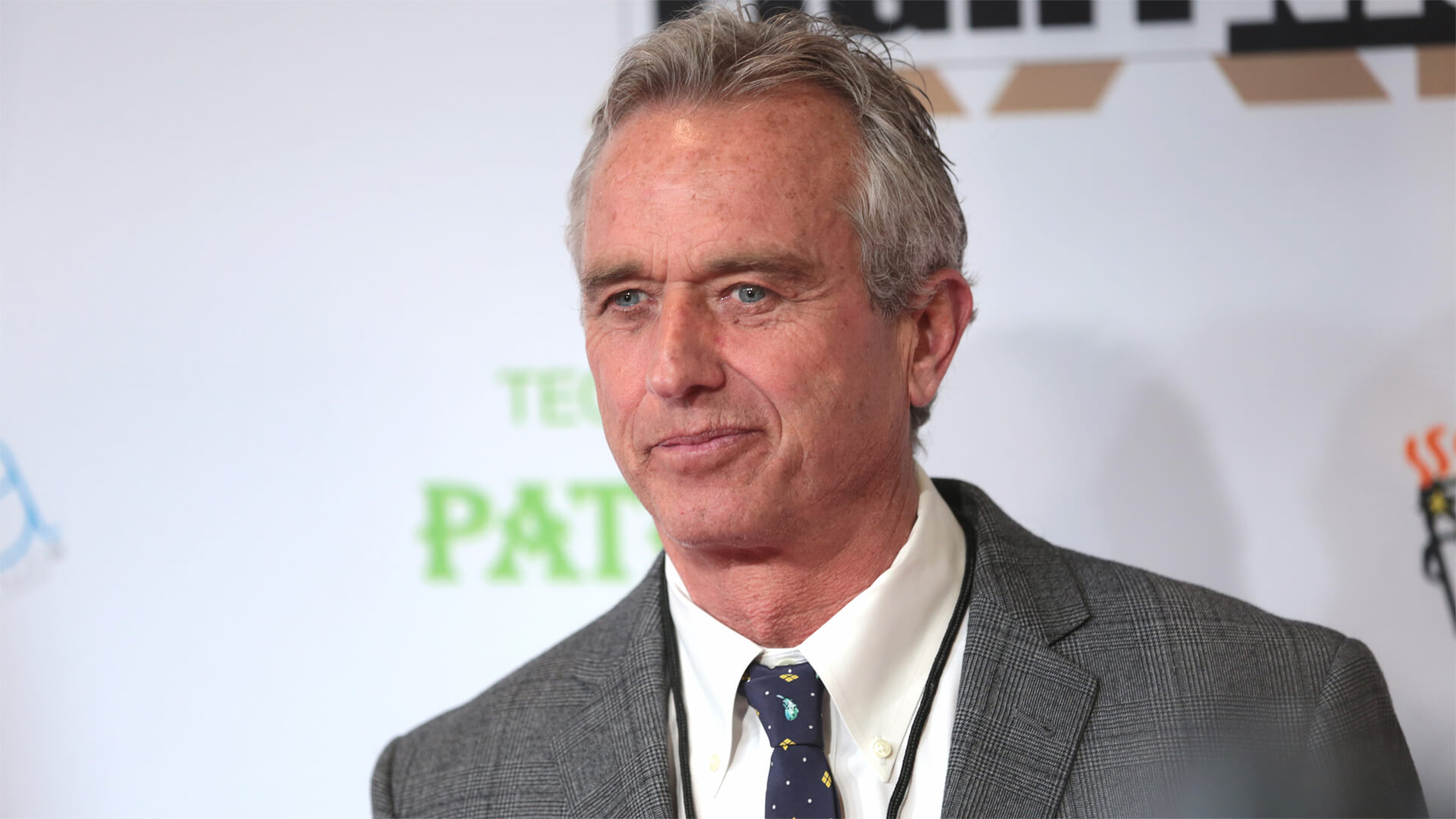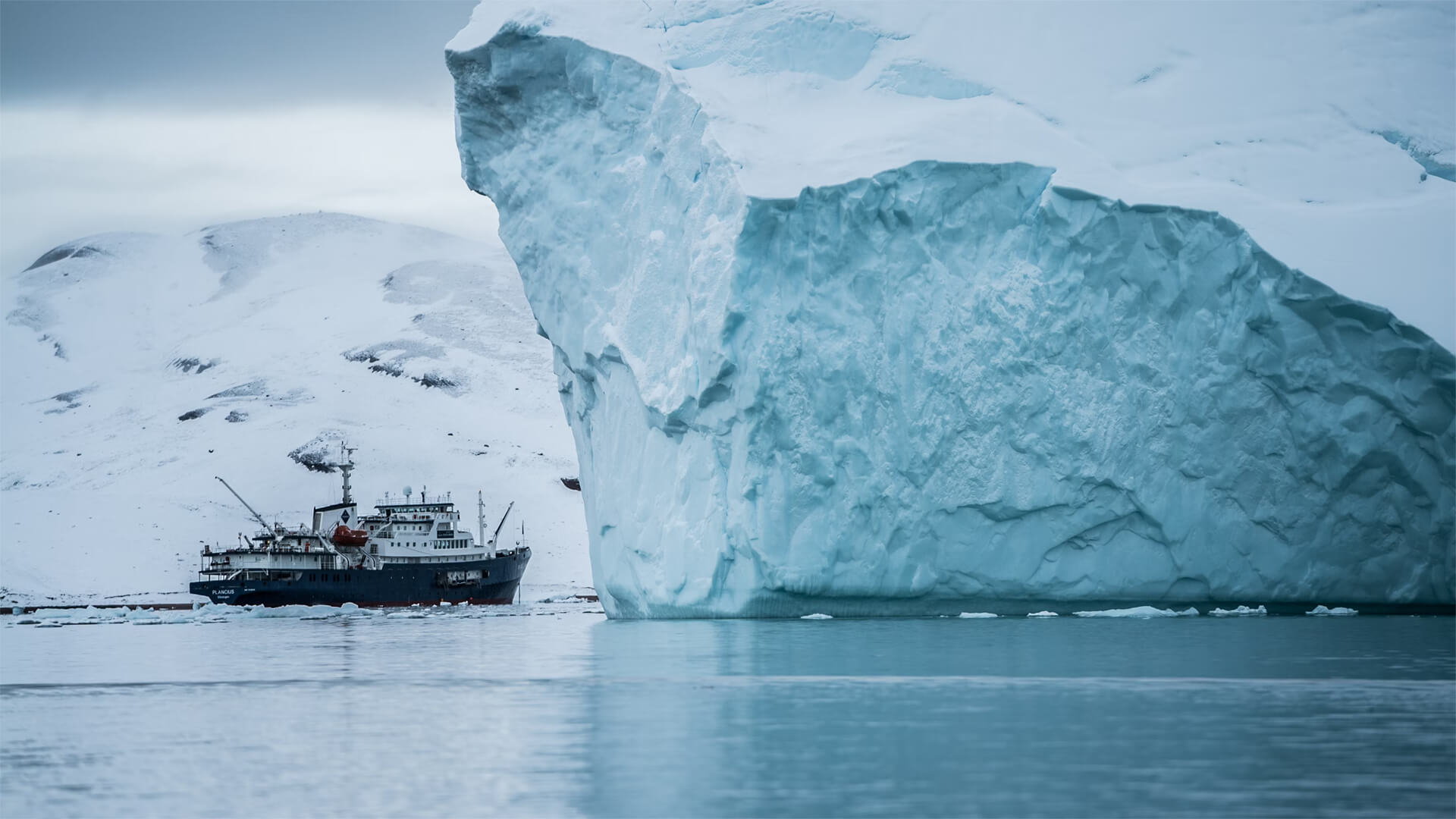The Webinar – The State of Global Energy – is this Friday!
Peter will deliver his analysis and forecasts for regional energy production and his assessment of geopolitical risk—everything from war, to instability and regulatory risk—with an eye on challenges and opportunities facing global production and supply.
Please join us on Friday, May 10th at 12:00 PM EST.
We’re finally seeing signs of life in Congress with the recent progress made on the establishment of a domestic uranium supply chain. This move aims to cut dependence on the Russians – who dominate global uranium processing.
This will be easier said than done though. Much of the nuclear infrastructure in the US is outdated and will need to be modernized in order to ensure a steady fuel supply. We’ll likely have to call in some favors from others who are already in the process of developing their own domestic supply system, like Canada and Australia.
This new development coming out of Congress is a step in the right direction and begins to address two major concerns facing the US: energy and national security.
Here at Zeihan On Geopolitics we select a single charity to sponsor. We have two criteria:
First, we look across the world and use our skill sets to identify where the needs are most acute. Second, we look for an institution with preexisting networks for both materials gathering and aid distribution. That way we know every cent of our donation is not simply going directly to where help is needed most, but our donations serve as a force multiplier for a system already in existence. Then we give what we can.
Today, our chosen charity is a group called Medshare, which provides emergency medical services to communities in need, with a very heavy emphasis on locations facing acute crises. Medshare operates right in the thick of it. Until future notice, every cent we earn from every book we sell in every format through every retailer is going to Medshare’s Ukraine fund.
And then there’s you.
Our newsletters and videologues are not only free, they will always be free. We also will never share your contact information with anyone. All we ask is that if you find one of our releases in any way useful, that you make a donation to Medshare. Over one third of Ukraine’s pre-war population has either been forced from their homes, kidnapped and shipped to Russia, or is trying to survive in occupied lands. This is our way to help who we can. Please, join us.
TranscripT
Hey, everybody. Peter Zeihan coming to you from Colorado. the news at the moment is that late last week, we finally got the first functional laws through committee. and actually getting action on the congressional floors for building out a domestic uranium supply chain system. the idea is that if we can refine enough fuel to enrich enough fuel, being the technical term, we will be able to cut the Russians out of the mix.
It’s all together. the Russians are the world’s single largest producer of enriched uranium. and they are responsible for nearly half of the global market in about one quarter of ours. the process is you take raw uranium from somewhere with Kazakhstan being the single biggest player and the Australians being the biggest up and comers. You then spin it up so that the fissile component makes up somewhere between 3 and 5.5% of the mix.
You take that enriched uranium and build it into a fuel rod that eventually ends up in a nuclear power reactor. the issue that we have is peace. Ironically, at the end of the Cold War, the Americans and the Russians were left with literally tens of thousands of nuclear weapons. And we collectively decided that we were going to get rid of them.
So the question was, what do you do with all the enriched uranium that is in a bomb? Now, the enriched uranium that’s at a bomb is at 3 to 6% enriched. It’s like 90 to 95% enriched because you want it to go kaboom. And so we basically spend that stuff down instead of up and used it to make fuel rods going from the other direction.
Well, you do that for 25 years, which is what it took to get rid of all those weapons. And there really wasn’t much of an economic impetus for any company in the United States to do the more normal type of and other enrichment, up from uranium ore. So we basically stopped doing it altogether in the United States. It was only in places like Russia or China where was a national security issue.
to build the stuff up, where they kept producing it. And so now we have to rebuild an enrichment system, at the civilian level. And that’s what these new laws are about now. right now, nuclear power provides about 20% of the American electricity mix. I think we’ve got 95 reactors out right there right now. the issue is we there’s only so much flexibility in that system because with a couple of exceptions, all of this reactors are more than 40 years old.
Most of them are 50 years old. Actually, Three Mile Island was that 1973 or 1970 that I can’t remember anyway. They all predate Three Mile Island, except with two exceptions. so the idea that you can really update these things to more modern technology, and there’s not a lot of modern technology to do. So we have to go back to the old system to keep these online.
on the upside. everyone has seen this coming, and they’ve been stockpiling for some time, so we probably have about two years of fuel supply here in the United States for a reactor system. And that should be plenty of time to basically replicate technology that dates back to the 50s. in order to build a domestic supply system.
And we’ll also be getting some help from the Canadians and the Australians who are in the process of building out their own system for very similar reasons. So this Congress, while it has been difficult for it to do anything, has seemingly found an issue that is both energy related and national security related and seems to be actually progressing forward.
So, you know, one miracle at a time. But I take my good news where I can’t these days take care.

